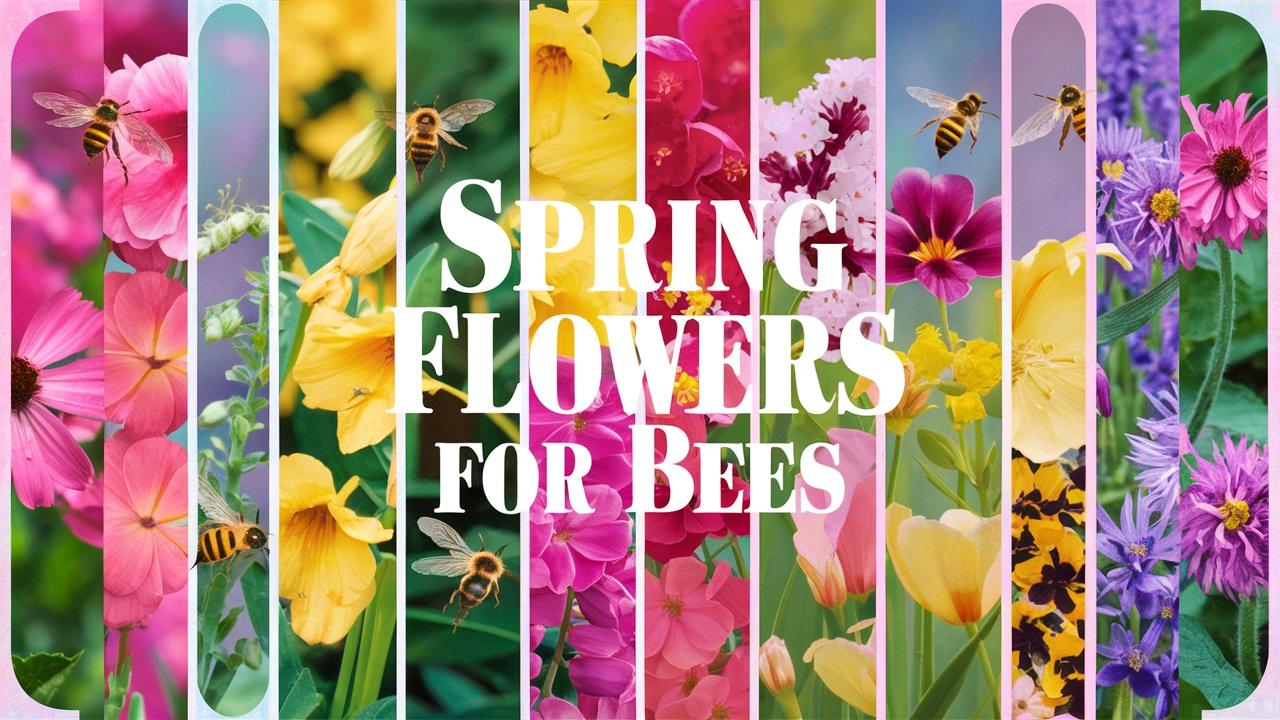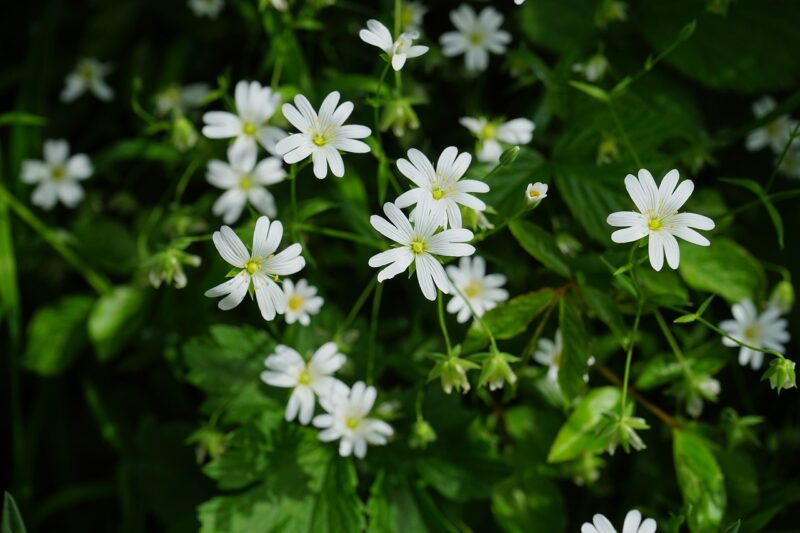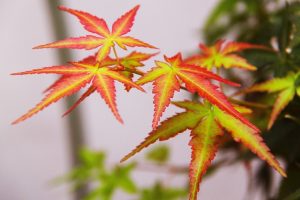As winter gives way to the gentle warmth of spring, nature awakens once more, bringing colorful flowers and abundant life. This transformation is especially crucial for pollinators, particularly bees, which play an essential role in the ecosystem by enabling plants to reproduce through pollination.
Offering a diverse selection of spring flowers, shrubs, and even some common weeds can significantly impact the well-being of bee populations. This guide will explore the significance of these plants, their unique attributes, and how you can make a real difference for bees in your garden.
Spring Weeds For Bees
While we often consider weeds as unwanted intruders in our gardens, several of these plants are highly beneficial for bees. They serve as essential food sources during early spring when other flowers have yet to bloom. Not only do they contribute to the dietary needs of bees, but they also help support overall biodiversity. Let’s delve deeper into some of these valuable spring weeds.
Dandelion
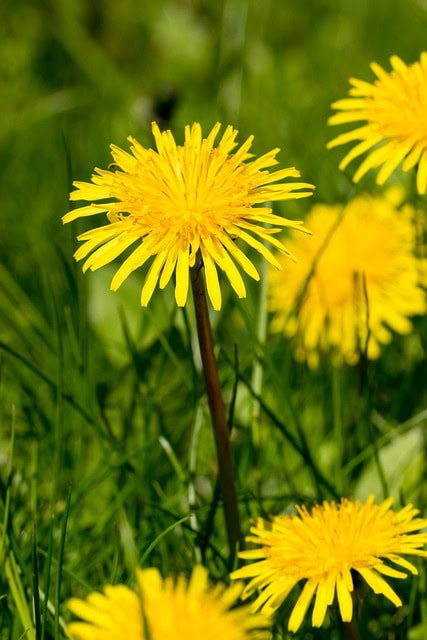
The dandelion (Taraxacum officinale) is perhaps the most well-known weed, often characterized by its bright yellow flower heads and fluffy seed tufts. Emerging in early spring, dandelions are particularly vital for bees, as they are one of the first available food sources after winter. Their flowers produce nectar that is not only high in sugar but also provides a considerable amount of protein-rich pollen.
In addition to supporting bee populations, dandelions also play a role in soil health. Their deep taproots help break up compacted soil and draw nutrients closer to the surface, which can enrich the surrounding plant life. For those concerned about the appearance of their lawns or gardens, consider selectively letting dandelions grow in patches to provide resources for pollinators.
Moreover, dandelions are not just vital for bees; they have additional benefits for humans. The leaves are edible and can be used in salads or cooked dishes, while the roots can be dried and roasted for a caffeine-free coffee substitute. By embracing dandelions in your landscape, you can contribute to the ecosystem’s balance while enjoying their additional perks.
Creeping Charlie (Glechoma hederacea)
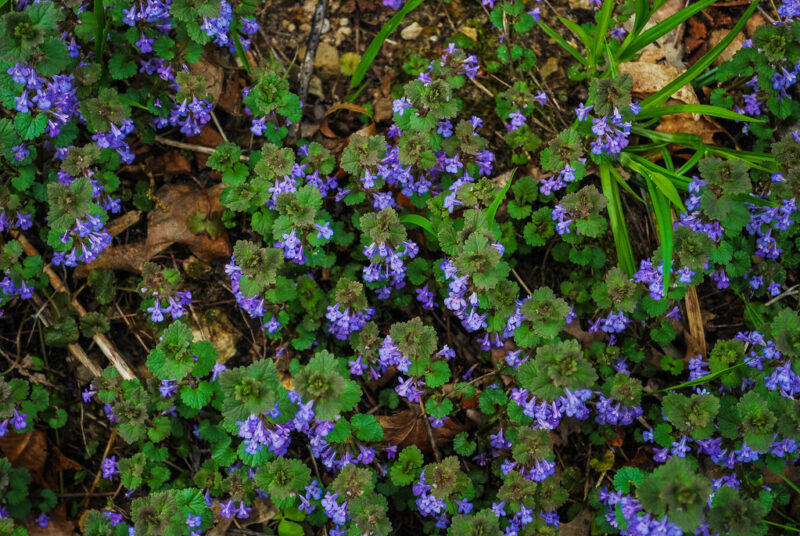
Creeping Charlie, known scientifically as Glechoma hederacea, is a perennial herb that often thrives in shady areas and is highly adaptable to various soil types. It bears small, purple, trumpet-shaped flowers that generally bloom around March and April. The species is beneficial for bees; its flowers produce plenty of nectar, which attracts foraging honeybees and other pollinators.
Creeping Charlie can spread quickly and form dense mats, effectively suppressing weeds while also adding a lush ground cover to your garden. Its blooms provide essential nutrition during the early spring months when other nectar sources are sparse. Remarkably, it takes only a few weeks from flowering to seed production, making it an efficient plant for feeding pollinators.
Additionally, Creeping Charlie can be used in herbal remedies. Historically, it has been employed for its medicinal properties, including anti-inflammatory effects. By implementing Creeping Charlie into your garden space, you create an environment that is not only beneficial to bees but also resilient and diverse.
Chickweed
Chickweed (Stellaria media) is often classified as a common weed found in gardens and fields, famed for its star-shaped white flowers. This annual plant thrives in moist soil and partial shade, typically blooming as early as February in some climates. Chickweed is a valuable resource for bees needing both nectar and pollen during this early phase of their lifecycle.
Annual chickweed features tender, green leaves that are also edible for humans and can be incorporated in salads, pesto, or cooked dishes. The abundant blooms provide a continual source of nectar, attracting solitary bees and honeybees throughout the season. Allowing this plant to stay in your garden can help nurture a food supply for pollinators while also contributing to your culinary delights.
Importantly, chickweed is rich in vitamins and micronutrients, which can benefit human health as well. By fostering this plant, you’re creating a win-win scenario: supporting bee populations while enhancing your own nutrition.
Henbit (Lamium amplexicaule)
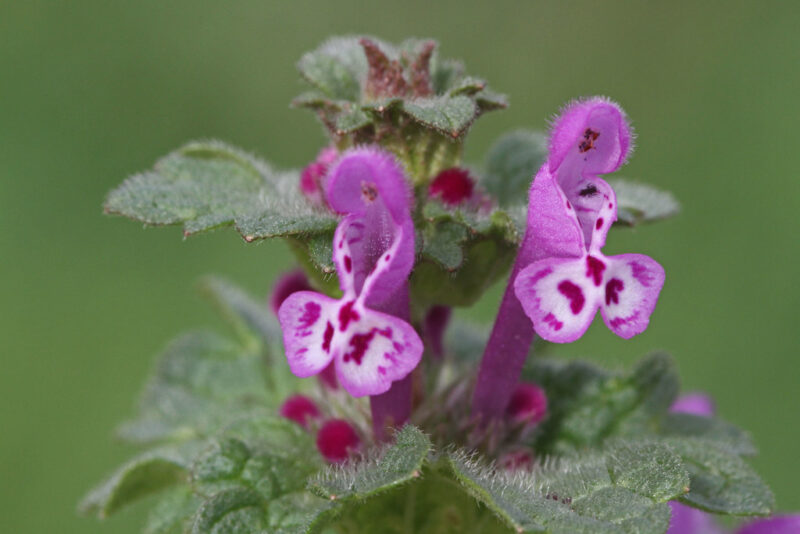
Henbit is a hairy, low-growing annual or biennial plant that is frequently found in gardens and disturbed areas. With its distinctive purple flowers appearing in early spring, henbit serves as a vital nectar and pollen source for various bees. It blooms prolifically, often providing early-season nourishment during months when other flowering plants are still dormant.
The flowers of henbit are particularly favored by bumblebees, a critical pollinator whose population is declining in many regions. Bee species that emerge early have adapted to forage on henbit, giving them a competitive edge in the ecosystem. Allowing henbit to grow in your yard can enhance the local bee populations considerably, supporting their survival during crucial early spring months.
Beyond its ecological benefits, henbit is also used in traditional herbal medicine for its various health benefits, including anti-inflammatory and digestive properties. Cultivating this plant helps nourish both the bees and the humans living in harmony with nature.
Purple Deadnettle (Lamium purpureum)
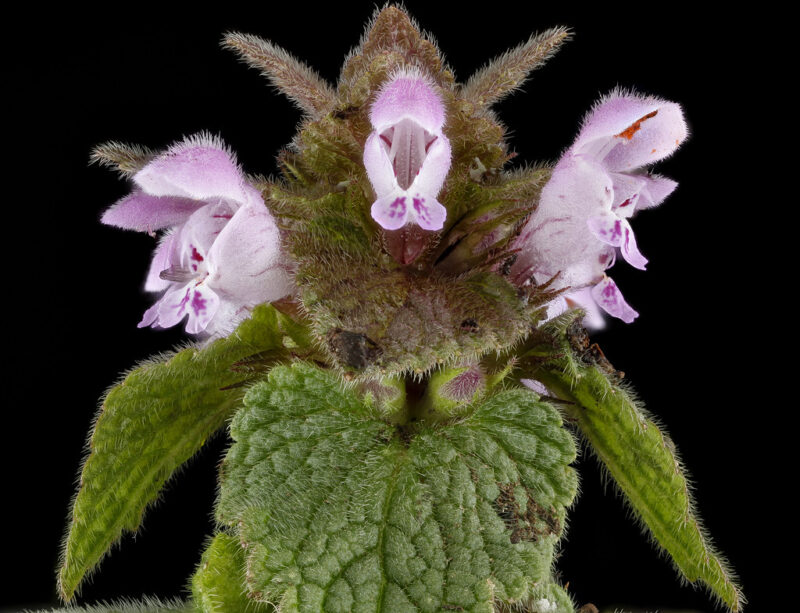
Purple deadnettle is another common weed that thrives in gardens, particularly in cooler climates. This herbaceous plant has striking purple flowers that bloom in early spring, offering a much-needed source of nectar and pollen for foraging bees.
Deadnettle belongs to the mint family and produces flowers abundantly throughout its early blooming season, typically from March through May. The blossoms are particularly attractive to solitary bees and honeybees alike, who rely on these early resources for their nourishment.
Moreover, purple deadnettle is a resilient species that grows well in disturbed soils and can adapt to various environmental conditions. Its role in supporting bee populations is complemented by its ability to spread quickly and enhance soil health. By allowing this flowering weed to flourish in your garden, you contribute positively to pollinator health while also reinforcing the ecosystem.
Spring Flowers For Bees
As temperatures rise and the sun shines brighter, many beautiful flowers begin to grace the landscape. These blooms are particularly important for bees, who rely on the nectar and pollen supplied by the various plants. Below are some spring flowers that are especially attracting to our buzzing friends.
Crocus
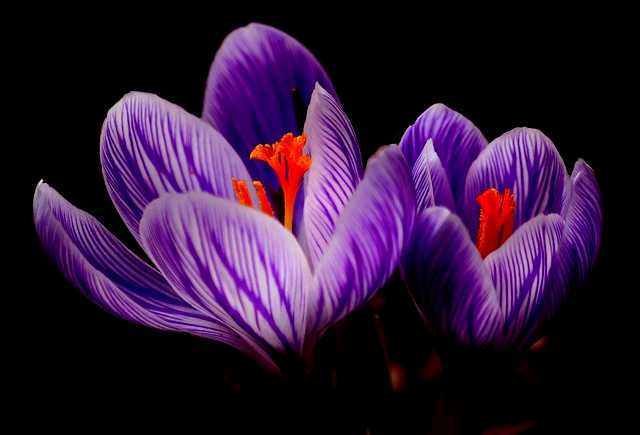
Crocus is among the first heralds of spring, often seen breaking through still frosty ground to showcase their striking flowers. Available in numerous vibrant colors, including purple, yellow, and white, crocuses can brighten any garden or pathway.
These bulbous perennial plants typically begin to bloom in March, providing heroes for bees that emerge from their winter shelters. The nectar-rich blooms attract honeybees, bumblebees, and various solitary species, helping to sustain their populations early in the season.
Crocuses are also low-maintenance and can thrive in a variety of soils and light conditions, making them an ideal choice for both novice and experienced gardeners. By planting crocuses in your garden, you encourage bees to forage, which not only supports pollinator health but also enhances the beauty of your living space.
Hellebore (Christmas/Lenton Rose)
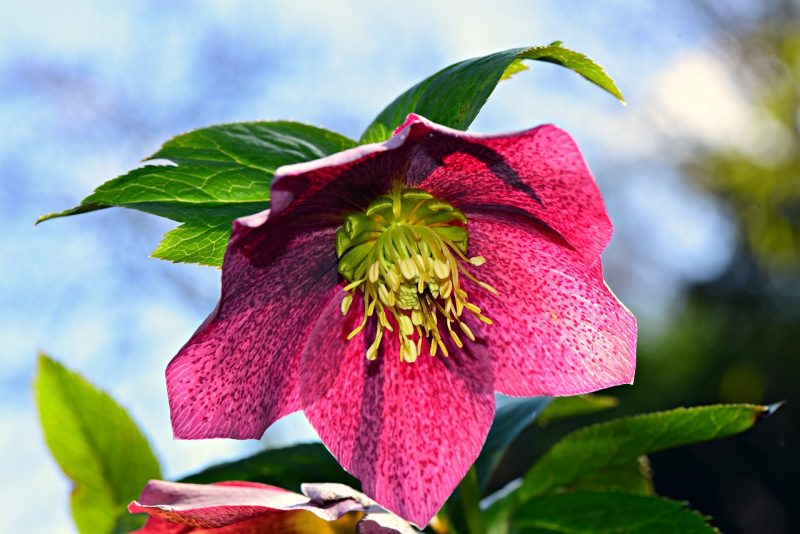
With their unique blooms that appear in winter or early spring, hellebores stand out as one of the first flowers to brighten the landscape after a long winter. Often referred to as Christmas or Lenton Rose, hellebores feature cup-shaped flowers available in various shades, including white, pink, lime green, and deep purple.
These resilient perennials are highly attractive to bees due to their early flowering time. Their nectar and pollen become increasingly vital as other sources begin emerging more slowly, creating an early spring food source during a critical time.
Hellebores thrive in shaded or partially shaded areas, making them ideal for woodland gardens or spots where sunlight is limited. By incorporating hellebores into your garden design, you enhance the food palette available for bees while cultivating an enchanting floral display.
Primrose
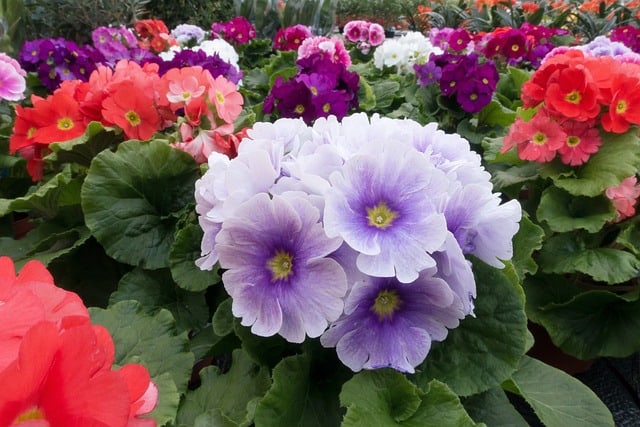
The primrose (Primula vulgaris) is a classic harbinger of spring, recognized by its cheerful yellow flowers that bloom in early March through April. These hardy perennials open in the presence of sunlight, often attracting bees with their bright, sweet offerings.
Primroses are not only beautiful additions to any garden but also robust in varied environments, including shaded areas where many other plants may struggle. Their blossoms provide vital nourishment for bee species emerging from winter, making them an important ally in supporting pollinator populations.
Moreover, primroses can serve as ground cover, improving soil stability and biodiversity in your garden. Including these flowers in your planting scheme will contribute to a bee-friendly environment while adding vibrant color to your landscape.
Heather
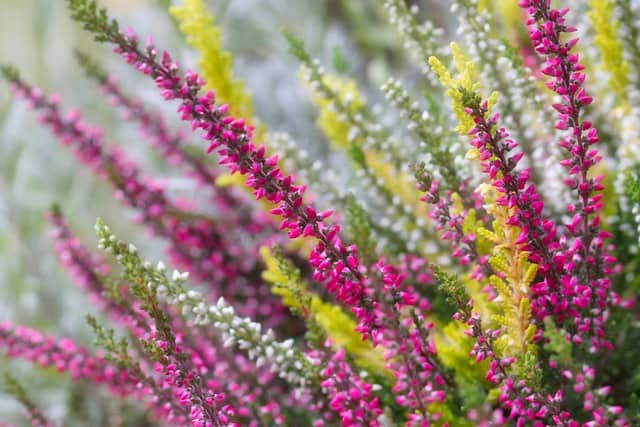
Heather (Calluna vulgaris) is a hardy flowering shrub that dominates the heathland landscape of many regions. Known for its cascading purple blooms, heather typically flowers from late winter into early spring, providing an extended food source for bees.
The tiny bell-shaped flowers produce abundant nectar, attracting various bee species, including solitary bees and honeybees. Heather’s ability to thrive in poor, acidic soils allows it to flourish in areas where other plants may struggle.
By planting heather, you not only support important pollinators during a crucial time but also contribute to a beautiful, low-maintenance garden characterized by its natural beauty. Additionally, heather supports other wildlife, offering habitat and shelter for various organisms that inhabit your garden.
Galanthus Snowdrops
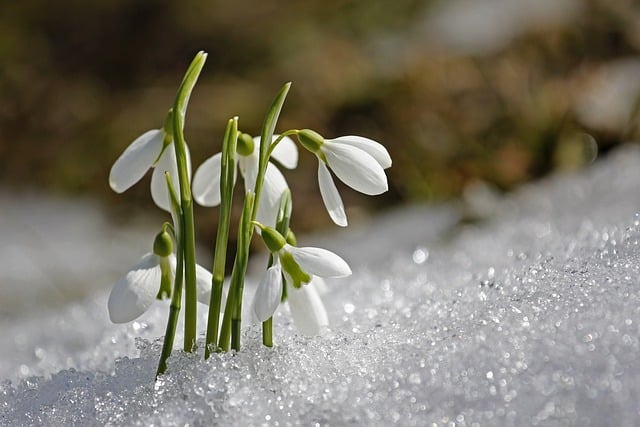
One of the earliest bloomers of all, Galanthus snowdrops are beloved for their delicate, drooping white flowers that often bloom before the last snow has melted. These hardy bulbs typically emerge in late winter or early spring, offering a crucial food source for bees as they awaken from their dormancy.
The flowers produce nectar and pollen that attract honeybees, bumblebees, and other early foragers. Snowdrops are often found naturalized in woodland areas, and they can also flourish in gardens, providing a much-needed nectar source in the early spring months.
In addition to supporting bee populations, snowdrops add beauty to gardens as one of the first signs of spring, creating a lovely carpet of white in preparation for the more robust floral displays that will follow.
Trees, Shrubs, And Vines Providing Flowers In Early Spring For Bees
Beyond herbaceous plants, many trees, shrubs, and vines also contribute flowers that are vital for bees’ nourishment in spring. These woody plants present a varied structure that can entice a wide range of pollinators and can be exquisite additions to your landscape.
Magnolia
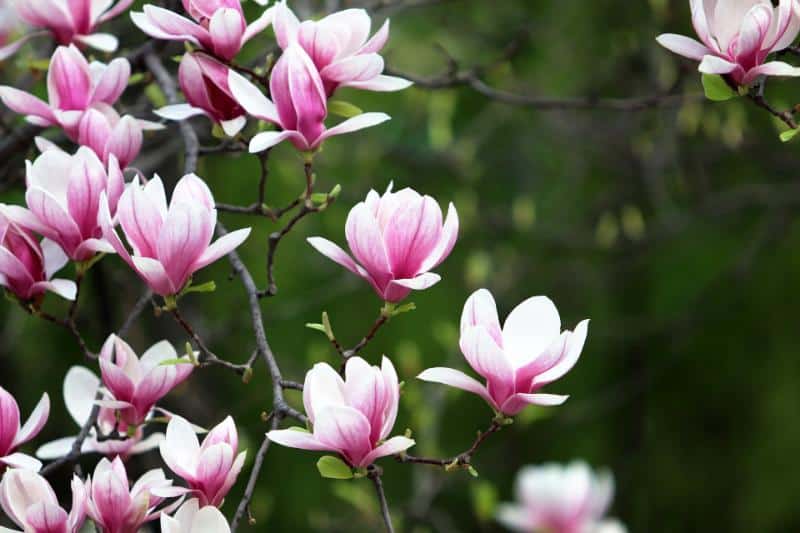
Among the most visually stunning trees, magnolias are renowned for their enormous, fragrant blooms in varying shades of pink, white, and purple. Most varieties of magnolia start flowering in early to mid-spring, producing abundant nectar stools that entice bees eager to replenish their energy after winter.
The large, cup-shaped flowers bloom directly from branches before the leaves appear, creating a dramatic display that signals the arrival of spring. Honeybees and bumblebees are particularly drawn to magnolias, which provide richness in nectar that sustains them and their colonies.
Magnolias are highly attractive and can serve as focal points in landscape design, providing both beauty and functionality. They thrive in well-drained soil and sunny locations, making them an excellent addition to any bee-friendly garden.
Apple Trees
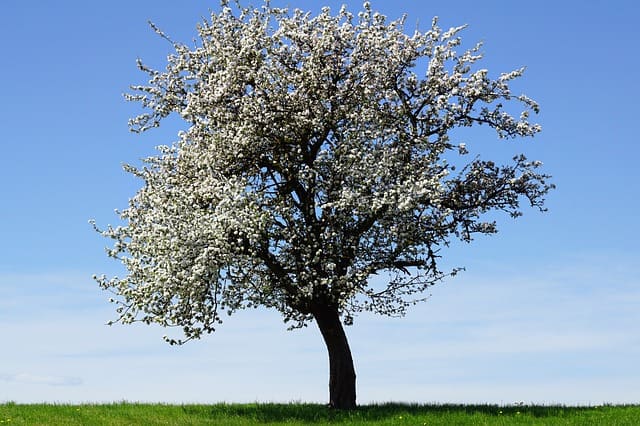
Apple trees (Malus domestica) are well-known fruit trees that bloom with clusters of delicate white or pink flowers, typically in April. These fragrant blossoms are incredibly attractive to bees, as they produce copious amounts of nectar and pollen, which are essential for the well-being of bee populations.
As one of the most important fruit-bearing trees in contemporary agriculture, apple trees rely heavily on bees for successful pollination. By planting apple trees in your garden, you not only provide vital sustenance to bees but also ensure you can enjoy delicious, homegrown apples in the summer.
Apple blossoms bloom for a relatively short period, making them especially critical for bees during the spring. The presence of flowering apple trees in your garden creates a beautiful sight while actively supporting pollinator populations.
Conclusion
Creating a bee-friendly spring garden is not only a rewarding endeavor but also a vital contribution to the health of our planet. By including a mix of early-blooming weeds, flowers, trees, shrubs, and vines in your landscape, you provide important food sources for bees when they are most needed.


